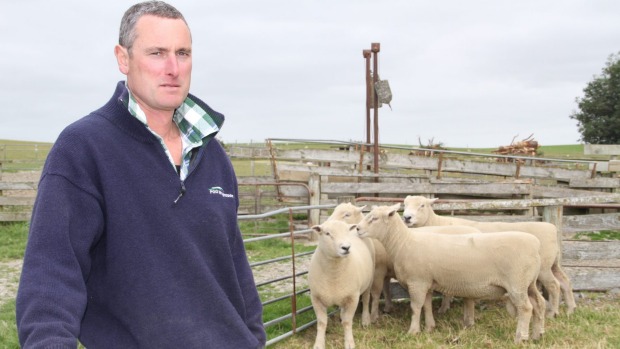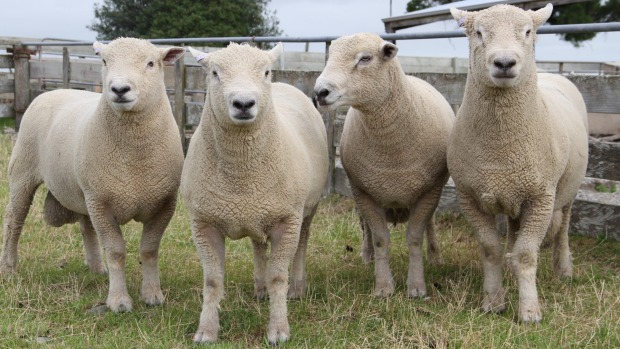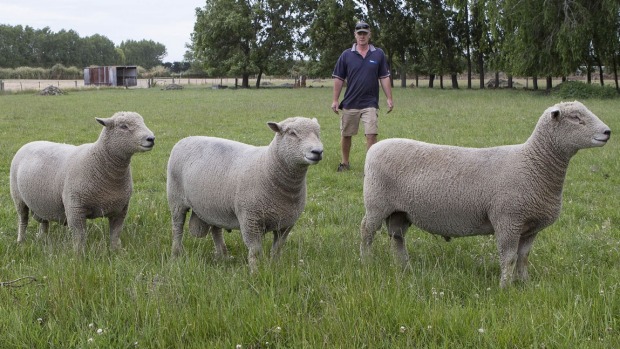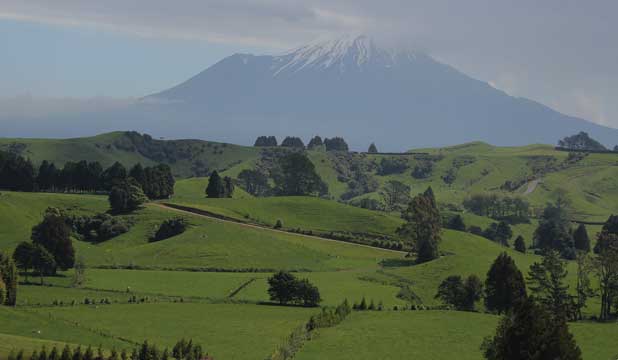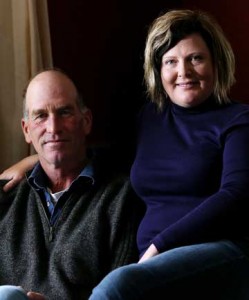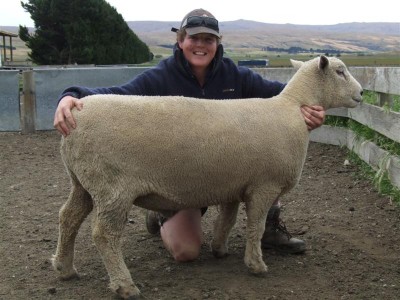Southland farmers Todd and Fleur Anderson sold a southdown ram for $15,000 at their on-farm auction earlier this month.
It was the highest price achieved for a ram across all breeds this year. “It was quite humbling.
“To get that sort of endorsement means we are going in the right direction,” Todd Anderson said.
Anderson said the terminal sire ram was “definitely the best” he had bred and was exceptionally early maturing with great definition and muscling in the hind- quarters.
“He’s a phenomenal ram with great SIL (Sheep Improvement) figures.”
The ram was bought by leading southdown stud breeder Chris Medlicott, of Waimate.
Medlicott holds the world record price of $16,000 for a Clifton Downs southdown ram which he sold in 2005.
The southdown was renowned for its fast growth rates and early maturing carcass and thrived in dry conditions like those being experienced on the east coast of the South Island. Anderson said being able to finish lambs early in the season was a key driver of profit, after lambing percentage.
“If you can get your lambs away early then you can put the feed into your ewes or other stock.
“There’s huge opportunity for farmers to improve their mean kill date.”
Anderson has always had an affinity with southdowns – the “oldest and purest” sheep breed in the world.
But, they haven’t always been so popular.
Once regarded as a “short and dumpy” sheep, they now have longer leaner frames and yield well.
Anderson established his Tralee Southdown stud in 2002 after he paid good money for 30 ewes at the Charleston stud dispersal sale at Oamaru.
Anderson grew up in Invercargill and worked as a rural finance manager for the BNZ for 10 years but always had a desire to go farming.
He started leasing a small block near Invercargill to run his sheep before buying his 325 hectare property at Kauana, near Winton.
Anderson’s stud now numbers about 200 southdown ewes, but does not farm any commercial sheep – preferring to stick with breeding stud sheep which also includes a romney stud.
“My passion is genetics. Even the dogs in my kennels have to be well bred,” Anderson said.
He isn’t scared to pay for good genetics and in 2003 paid $13,200 for a ram bred by Medlicott.
“I always buy as well as I can.
“I’ve bought a lot of rams off Chris because he has the No 1 southdown stud in the country.”
Anderson used his top southdown ram as a hogget over 24 ewes and was pleased with how his progeny performed. A pair of his sons were placed first in the Merial carcass evaluation class at the Gore A&P Show.
He sold 50 rams at his on-farm auction in early February for an average price of $1240, of which five went to stud breeders and the rest to commercial farmers.
Historically, southdown rams had been mainly mated to romney ewes, but were now used over a wide range of breeds.
Anderson was focused on breeding early maturing southdown rams which performed in a range of environments.
“It’s important to finish lambs early. The sooner they are out the gate you can utilise that dry matter for other stock and it’s not costing you as much to get them to weight.”
Anderson said one of his clients was mating their ewe hoggets to the southdown and lambing them in October and killing 60 per cent of them at 17kg in a weaning draft in January.
He also raves about southdown meat.
“It’s the only [sheep] meat we eat. It has a beautiful texture and it’s a very fine grained meat.”

